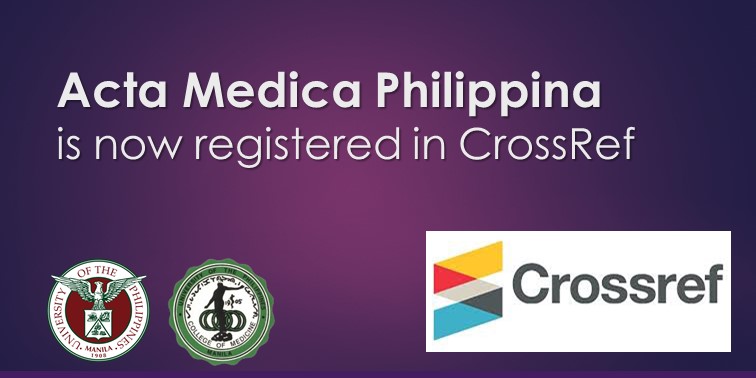A Mental Health Care Setting as a Clinical Exposure Site for Interprofessional Education: a Qualitative Study
DOI:
https://doi.org/10.47895/amp.v59i6.9523Keywords:
interprofessional education, multiprofessional, mental health, collaborative practiceAbstract
Background. Interprofessional collaboration is required as a learning outcome for medical school graduates. Clinical exposure to collaborative practice is one of the recommended strategies in the implementation of interprofessional education. Professionals in mental health units customarily engage in collaborative practice and can provide learning opportunities for medical students. Local data on interprofessional collaboration among practitioners in a mental health care setting in the pandemic is limited and merits study.
Objectives. The goal of this study was to determine and then describe factors that influence collaborative practice among health professionals in an inpatient mental health care unit in the pandemic. It aimed to generate recommendations from practitioners on strategies to optimize opportunities for medical students to learn interprofessional collaboration.
Methods. This is a qualitative study which made use of key informant interviews (KIIs) and focused group discussions (FGDs) with members of a multiprofessional mental health team in the mental health unit of a tertiary medical center. Data was analyzed using thematic analysis.
Results. The onset of the COVID-19 pandemic had drastically disrupted health care services and opportunities for interprofessional collaboration. Participants described their roles and identified six factors essential to reenergizing collaborative practice: resources and opportunities for meaningful interaction, quality of relationship and communication among team members, management goals and strategies relevant to the mental health needs and the context of patients and their families, guidelines for collaboration, interprofessional education appropriate to participant levels, and monitoring for quality assurance and improvement. Practical guidelines for promoting the identified factors were outlined. Recommendations to optimize opportunities for interprofessional education were also given.
Conclusion. Six factors were identified and described in the study. These can provide practitioners and students with a frame of reference for participating in and learning from collaborative practice in a mental health care unit as they work with other professionals on a shared concern. Addressing practical issues in real life settings will enhance their capacity to meaningfully collaborate with other professionals in managing patients, institutions, projects, and similar situations.
Downloads
Published
Issue
Section
License
Copyright (c) 2025 Acta Medica Philippina

This work is licensed under a Creative Commons Attribution-NonCommercial-NoDerivatives 4.0 International License.




.jpg)



